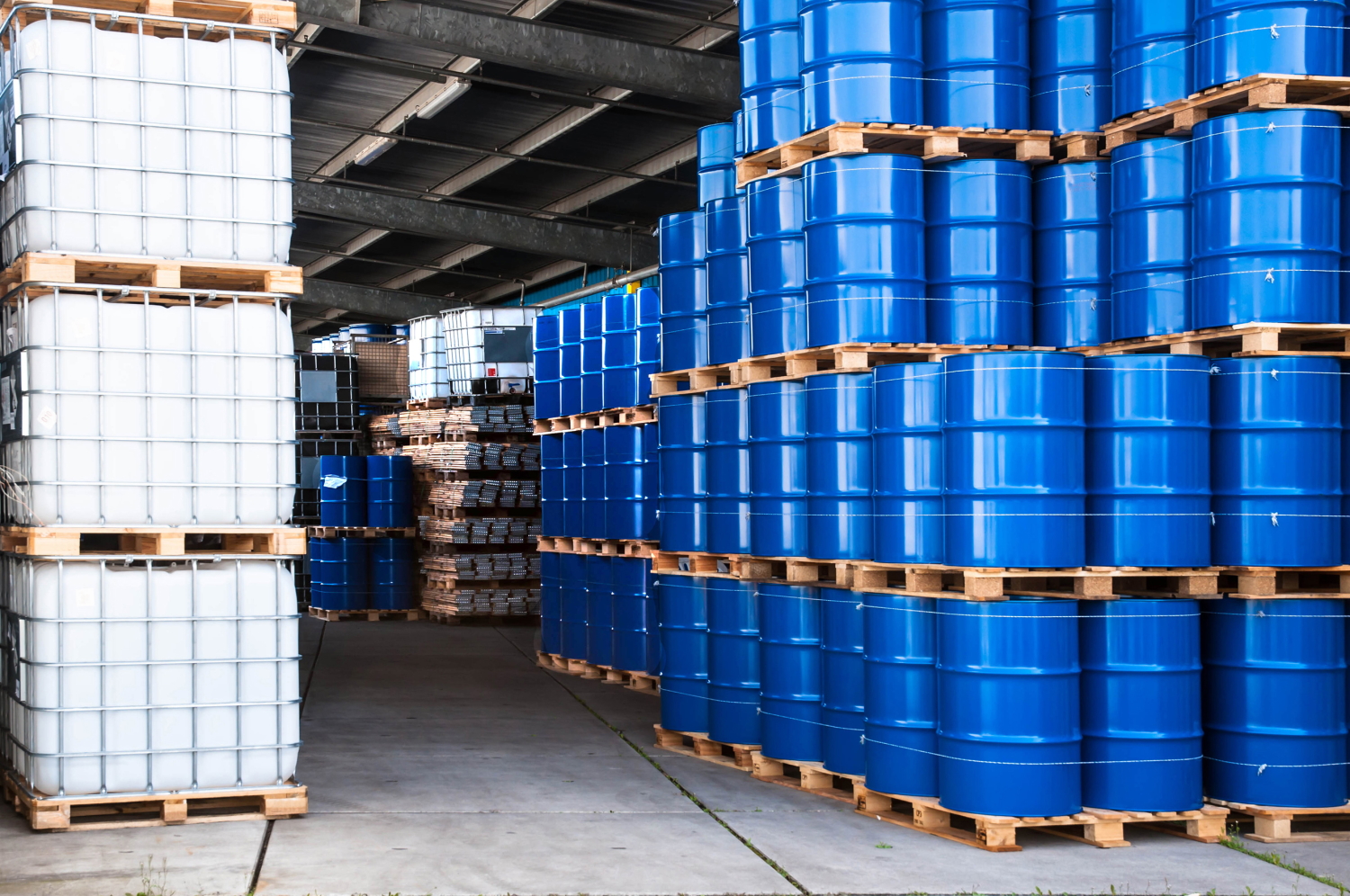Campuses Can Improve Safe Waste Disposal

One key lesson we have learned from this past year is how critical it is to put health and safety initiatives in place for students. As we look ahead to what college life will look like for campuses across the nation following the pandemic, it is important for university leaders to understand all aspects of what a safe campus looks like, and that includes proper waste disposal.
Colleges and universities, specifically Ivy League, state or tech-based, generate large amounts of waste every year, with some functioning as small “cities” with their own restaurants, gyms and medical centers. Additionally, colleges that offer chemistry labs generate hazardous waste and require specific disposal procedures that align with local and federal regulations. Fortunately, there are easy-to-follow regulations for hazardous waste generated at college laboratories, identified in the Environmental Protection Agency’s (EPA) subpart K. Examples of the provisions listed are that hazardous waste determinations be made by trained professionals and that hazardous waste needs to be removed from laboratories every 12 months.
A lot of college-aged students, to no fault of their own, are unaware and unqualified to dispose of hazardous waste. That’s why I’m sharing key ways for campuses to improve and implement safe waste disposal practices.
Partner With the Right Waste Management Vendor
While the pandemic has caused a significant decrease in in-person classes, universities must still plan for what classroom life will look like in the future. In the meantime, overall campus maintenance must continue, regardless if students are present or not. Safe trash disposal is key for universities because as soon as more students return to campus, trash accumulation will rise quickly. Although every university has its own unique needs, every one of them – from small quantity to large quantity generators – must comply with government regulations when disposing of hazardous waste. Hazardous waste, which can be in the form of everyday items like batteries, paints and cleaners, is a waste with properties that make it dangerous or capable of having a harmful effect on human health or the planet.
Any classes dealing with labs, like biology and engineering courses, are capable of producing huge volumes of such waste, which in turn presents risks in the form of penalties for violations, negative impacts to individual and community health and safety, and the potential for harm to the environment. Because of this, it is important for university leaders to partner with a reputable provider of environmental and regulated waste management services.
When a university partners with a highly-trained, knowledgeable waste management vendor, it means having skilled guidance on how to identify waste streams, how to properly segregate the waste, and how to educate staff on proper on-site waste management in a way that is tailored to their needs.

The Benefits of Lab Packs
A lab pack is a specialized container, usually in the form of a steel, poly or fiber drum, that holds smaller containers of various chemicals inside of it. These containers are often used to remove waste from laboratories, like hazardous concentrated chemicals and spent aerosol cans. After the drums are filled with the hazardous waste, the vendor supplying the drums makes sure they are labeled correctly for proper and compliant transportation to a permitted treatment, storage and disposal facility (TSDF).
It is important for colleges and universities to have a vendor that understands the chemicals coming from not only classroom labs, but also maintenance departments, food services and groundskeeping. Examples of such chemicals are acids, paints, solvents and cleaners – all of which can be found in various locations on campuses. All of the hazardous waste accumulated from these sources are possibilities for safe lab pack disposal, providing a way for universities to avoid costly penalties for improper discarding.
A trained waste management team is able to take care of the lab pack process from start to finish, including everything from chemical packaging and waste management to transportation and disposal.
Proper Recycling Practices on Campuses Impacts Our Planet
In the U.S. alone, there are nearly 5,300 colleges and universities. When talking about waste in general, the average college student produces 640 pounds of trash a year, with much of it accumulating toward the end of the year when students are ready to move off campus. This, in addition to the hazardous waste that comes from classrooms, maintenance departments and more, results in a significant source for environmental impact.
While partnering with the right vendor is necessary for hazardous waste removal, colleges and universities can internally work on their own recycling programs and initiatives. A simple first step is identifying local facilities to accept recyclable waste, and then taking the time to educate students on best recycling practices. An additional provision of the EPA’s subpart K is offering incentives for removing old and expired chemicals from laboratories that may pose risks. A combination of abiding by EPA’s guidelines and continuously teaching students about recycling best practices will help set up laboratories today and in the future for success.
Whether at home, work or school, we all accumulate waste on an everyday basis. It is never too late to identify and implement better, more environmentally friendly, waste management practices. And for students that are solely doing online learning, it is still beneficial to understand the basics of hazardous waste management as many of the chemicals found on campuses can be found right at home. We can all play a part in making our planet a cleaner, safer place to live.
Scott Kaas is the Central Profiling Group Manager for Clean Earth. As one of the largest specialty waste companies in the United States, Clean Earth’s vision is to create a better future for its people, partners and planet by turning specialty waste into recycling opportunities.
